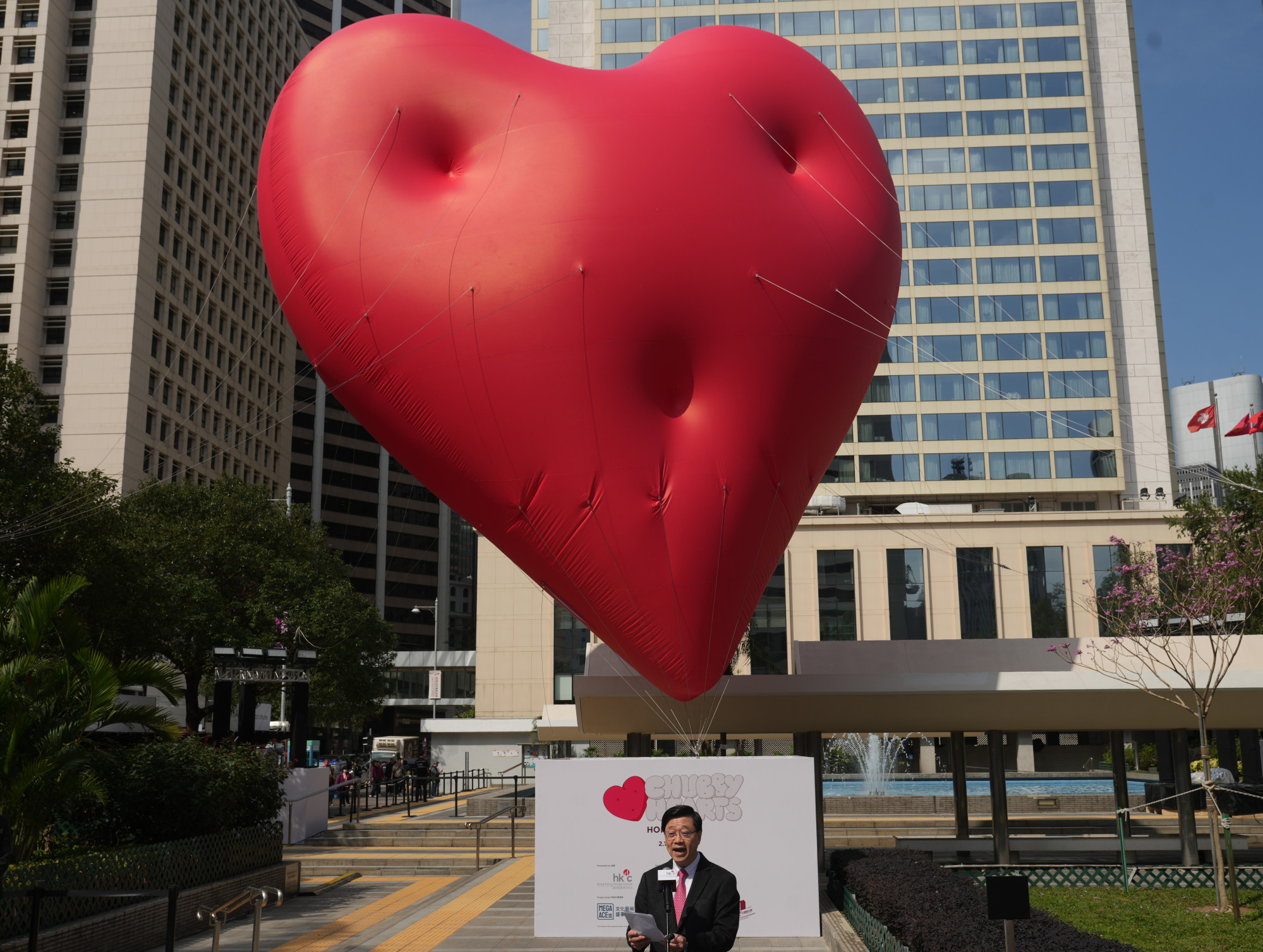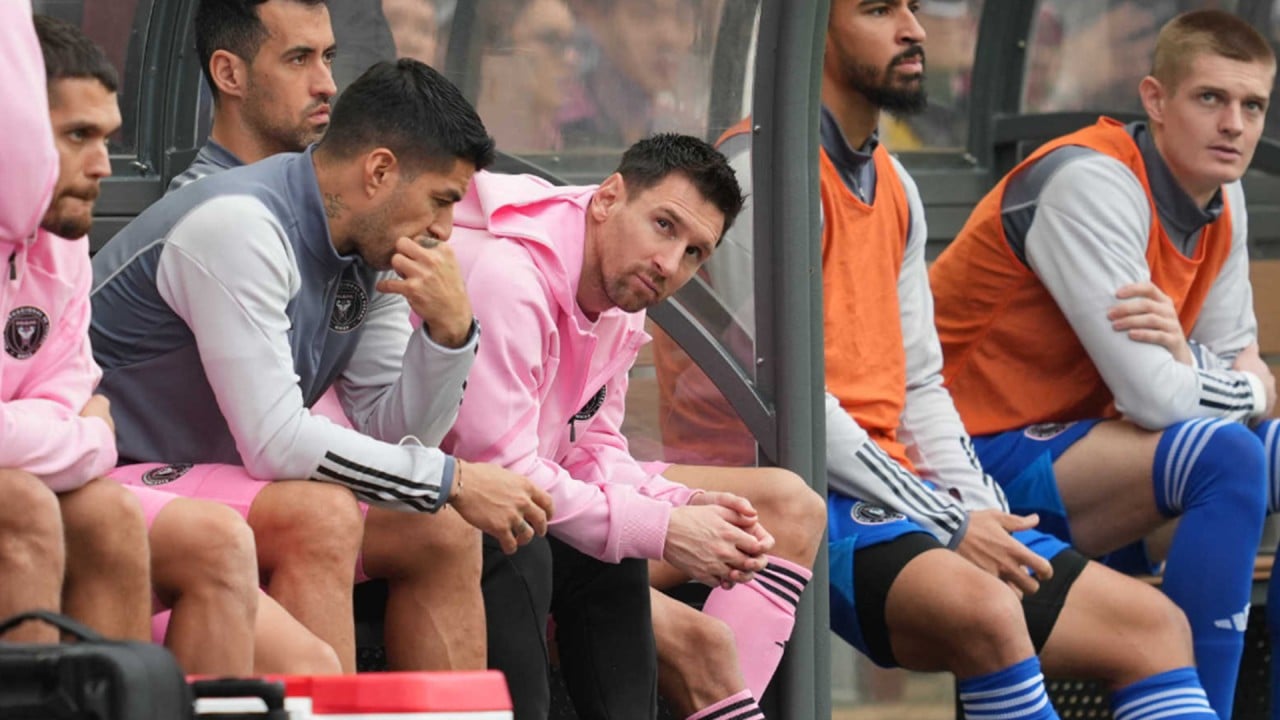
‘Chubby Hearts’ and foreign stars won’t make Hong Kong an arts and culture hub
- Rather than look towards foreign artists and celebrities, the government must ditch its shortsighted, utilitarian view of the arts and culture, and instead nurture genuine local aspirations
The Super Bowl show was too much like previous ones. Even a small Vegas tribute would have made it stand out: perhaps a hologram of Elvis performing for a few seconds? It would have added cultural and historical dimensions to the game.
Hong Kong’s giant “Chubby Hearts” balloons are even more generic. I walked past the one at Statue Square. It looked replicable, like a red heart emoji blown up – not much of a novelty, and not so different from a WhatsApp emoticon.
Neither objective will be achieved by these floating emojis.
While I was at Statue Square, I saw a dozen or so people and a lukewarm response to the balloon. Later, I saw tourists interviewed on TV saying they would not make a special trip just to see the balloons because “It’s just a balloon”. Don’t criticise the tourists; I wouldn’t either.

Given there is nothing really special about the installation, and the capricious nature of social media, these balloons hardly contribute to making Hong Kong an arts and cultural hub. What they have revealed instead is where the government has gone wrong.
The government takes a utilitarian view of arts and culture, and uses these events as a marketing tool to draw tourists and boost economic growth. This shortsighted approach will lead to a narrowed arts and cultural space, with people chasing fads, running after a few “mega” choices provided by businessmen.
Building a true arts and cultural hub requires self-understanding and long-term nurturing. It needs to be built from the bottom up and with Hong Kong’s unique characteristics. We are very far from it.
What Hong Kong needs to be a truly world-class cultural hub
This suggests he had a desire for artistic expression and that he wanted to find beauty in life. It is a non-utilitarian exploration of the human spirit. This is where the arts start and flourish. Unfortunately, his desire was not channelled into the right place.
Both career creative workers and aspiring artists could use some help from the government. But first, our officials must recognise the genuine artistic aspirations of the public, balance the need for economic development, and provide the space needed for art creation and appreciation.
Such efforts may not be measurable in social media terms, but they will transform Hong Kong into a true arts and cultural hub.
April Zhang is the founder of MSL Master and the author of the Mandarin Express textbook series and the Chinese Reading and Writing textbook series


